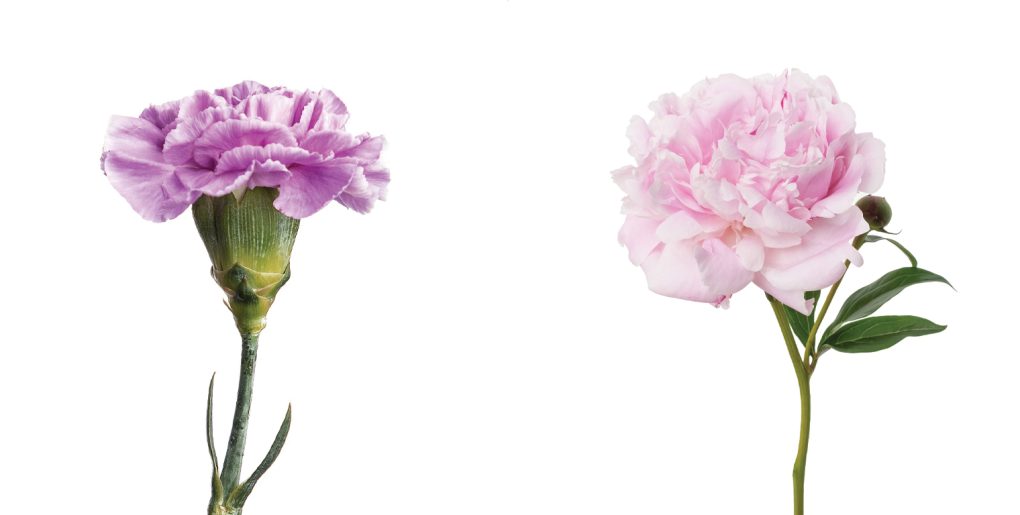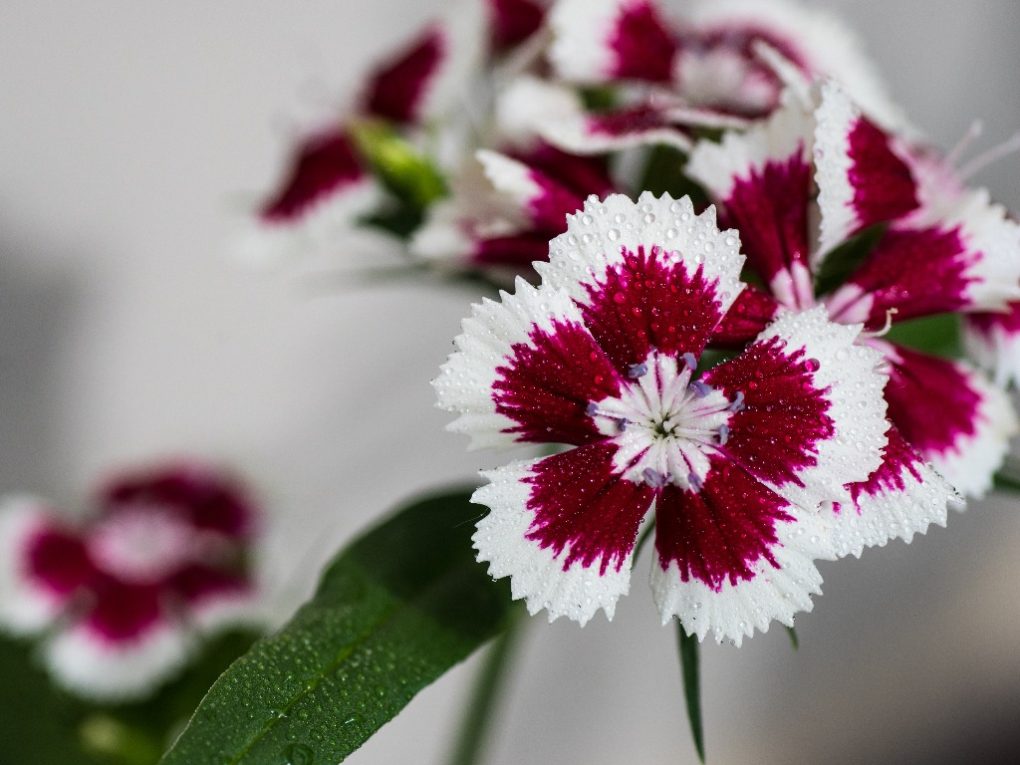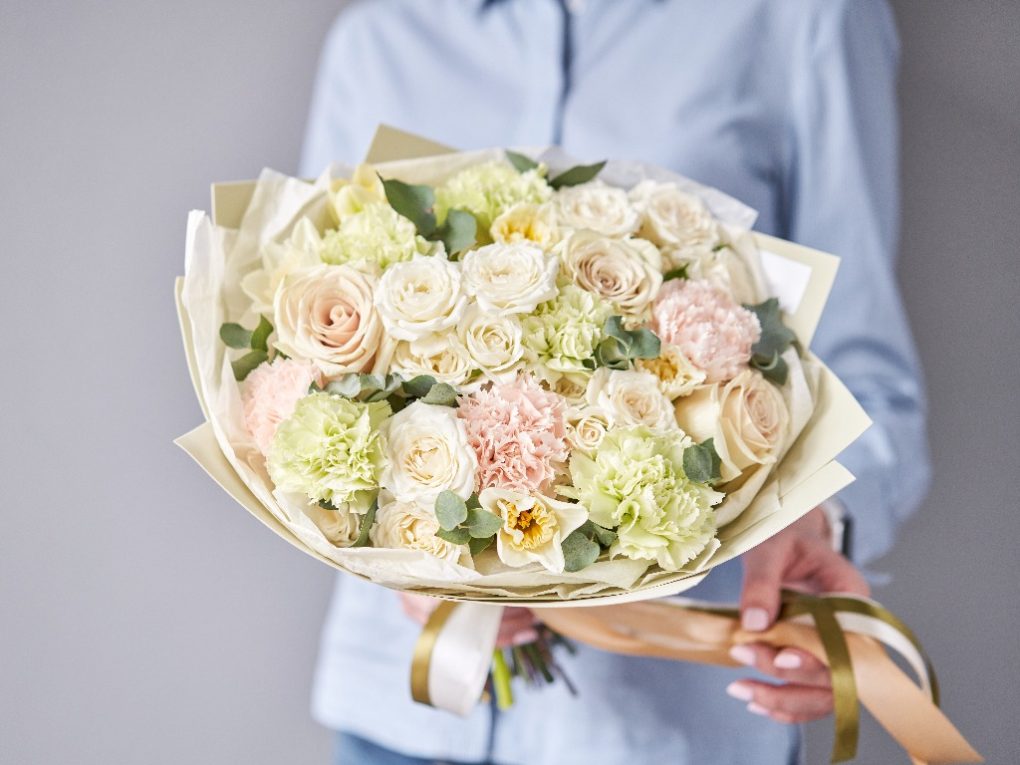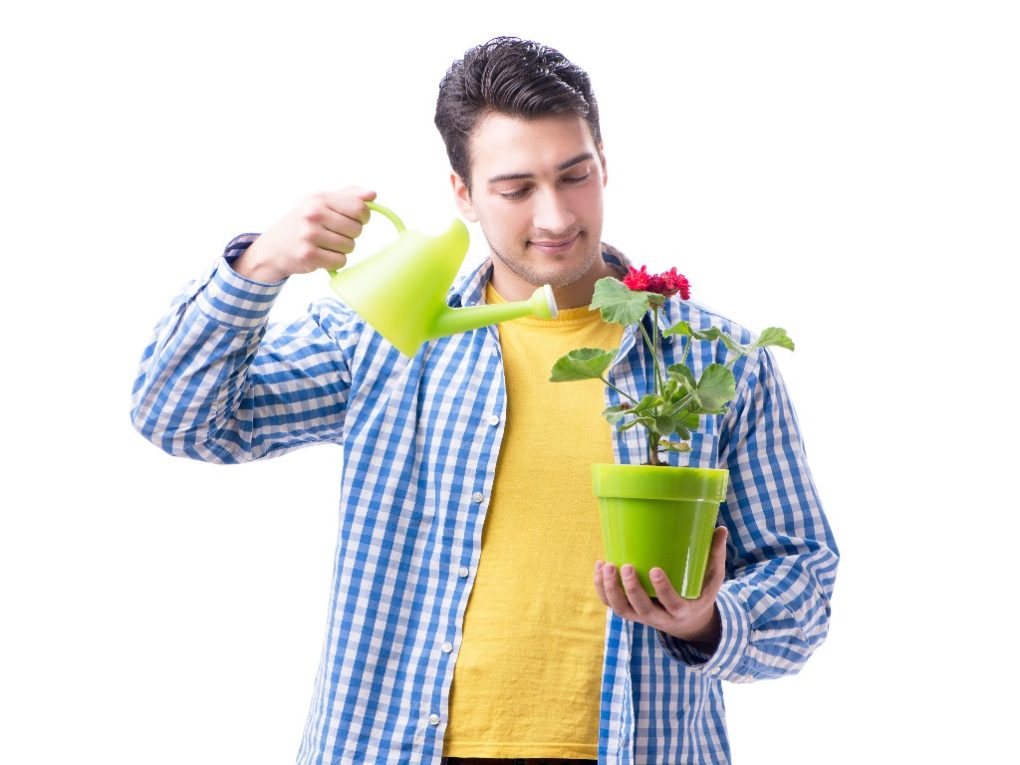Carnation vs. Peony: A Comparative Analysis of Two Popular Flowers
Carnations are known for their long-lasting blooms and affordability, while peonies are known for their large, fluffy blooms and sweet fragrance. Carnations are generally more affordable than peonies, making them a famous choice for those on a budget. However, peonies are often considered luxury flowers due to their high cost and limited availability.

Another difference is the aesthetic appeal. Carnations come in various colors and are often used as filler flowers in arrangements. Peonies, however, are the focal point of many arrangements due to their large size and eye-catching appearance.
Carnations and peonies are two of the most popular flowers used in gardens. Both flowers have unique characteristics that make them stand out from each other. Ultimately, the choice between carnations and peonies comes down to personal preferences and the specific needs of the arrangement or garden.
Table of Contents
Differences Between Peonies and Carnations
Appearance
One of the most noticeable differences between peonies and carnations is their size. Peonies tend to be larger than carnations, with blooms ranging from 6 to 8 inches in diameter. Carnations, on the other hand, typically have 2 to 3 inches diameter blooms.
This size difference can impact the overall look of a bouquet or arrangement, with peonies providing a more substantial presence. Peonies and carnations come in a wide variety of colors, but there are some differences in the shades and tones of their blooms.
Peonies have more vibrant and saturated colors, with popular choices of deep pinks, bright reds, and rich purples. Carnations, however, have a wider range of pastel colors, including light pinks, yellows, and whites.
However, there are also some bright and bold carnation colors, such as deep reds and purples. Another key difference between peonies and carnations is the shape of their blooms. Peonies have a more rounded, full shape, with layers of petals creating a fluffy, romantic look.
On the other hand, carnations have a more angular shape, with petals that are more tightly packed and often have a ruffled edge. This gives carnations a more structured, formal appearance that can be a good choice for certain occasions.

Cultural and Symbolic Meanings
In ancient times, carnations were used in Greek and Roman ceremonial crowns and garlands. The name “carnation” comes from the Latin word “care,” which means flesh, and refers to the original pink color of the flowers.
Peonies have been cultivated since the early history of China, originally grown for medicinal purposes, and believed to have healing properties for different ailments. In Japan, peonies are considered a symbol of good fortune and are often used in wedding ceremonies.
Carnations are often associated with Mother’s Day and are considered the official flower of the holiday. In some cultures, carnations are associated with funerals and used as a remembrance symbol.
In Korea, red and white carnations honor parents on Parents’ Day. Peonies are often used in traditional Chinese medicine and are believed to have healing properties for various ailments. Peonies are associated with wealth, honor, and prosperity in Chinese culture.
Carnations are often associated with love, fascination, and gratitude, but the symbolism of carnations can vary depending on the color. For example, red carnations are often associated with romantic love, while white carnations are associated with purity and innocence.
Peonies are often associated with romance, compassion, and prosperity. The symbolism of peonies can also vary depending on the color. For example, pink peonies are often associated with romance and happiness, while white peonies are associated with honor and compassion.
Uses
Carnations and peonies are popular choices for floral wedding arrangements. Carnations are often used as filler flowers due to their affordability and long-lasting nature. They come in various colors and can add texture and depth to a bouquet or centerpiece.

Peonies, conversely, are a more luxurious option and are often used as the focal point of a bouquet or centerpiece. Their large, fluffy blooms and delicate fragrance make them popular for romantic and elegant weddings.
Both carnations and peonies can be appropriate choices for funeral floral arrangements. Carnations are often used in sympathy arrangements due to their long-lasting nature and affordability and can be used as filler or as the main flower in a bouquet.
Peonies, conversely, are a more luxurious option and can add a touch of elegance to a funeral arrangement. Their soft, delicate petals and sweet fragrance can help create a peaceful and comforting atmosphere.
Both carnations and peonies can make beautiful gifts for a variety of occasions. Carnations are a great choice for those on a budget, as they are one of the most affordable cut flowers. I usually arrange them in a bouquet or use them as a single stem in a vase.
Peonies, conversely, are a more luxurious option and can make a beautiful gift for a special occasion. Their large, showy blooms and sweet fragrance make them popular for Mother’s Day, birthdays, and anniversaries.
Carnations and peonies can both be used to add a touch of beauty to any room in the house. Carnations are often used in simple, minimalist arrangements due to their affordability and long-lasting nature. They can be arranged in a vase or used as a single stem in a bud vase.
Peonies, conversely, can be used to create more elaborate and luxurious arrangements. Their large, showy blooms and sweet fragrance make them a popular choice for creating a romantic and elegant atmosphere in the home.
Growing and Caring
Carnations and peonies have different growing conditions. Carnations require excellent drainage and alkaline soil, which is also referred to as “sweet” soil. Alkaline soil tends to have slightly higher calcium, magnesium, and sodium concentrations.
Peonies prefer soil with a pH range of 6.5 to 7.0. They also require good drainage and plenty of sunlight but can tolerate partial shade. It is important to note that peonies prefer to be kept from being transplanted once they are established, so choose the planting location carefully.

Seeds or cuttings can propagate carnations. Plant carnations from seeds in a well-drained soil mix an eighth inch deep to grow carnations from seeds. Seeds should be spread apart. Be wary not to overwater the seeds, especially in the beginning stages. Light watering should be done two to three times a week.
Peonies are typically propagated by division. Divide the plant in the fall after it has gone dormant. Dig up the entire plant and gently separate the roots into sections, ensuring each has at least three to five buds. Replant the sections in well-drained soil, ensuring the roots’ top is below the surface.
Carnations require regular watering, especially during dry spells. They also benefit from regular fertilization with a balanced fertilizer. In addition, deadheading spent blooms will encourage the plant to produce more flowers.
Peonies require little maintenance once established. They may need staking to support the heavy blooms, and deadheading spent blooms will encourage the plant to produce more flowers. Peonies should be cut back to the ground in the fall after the foliage has died back.
